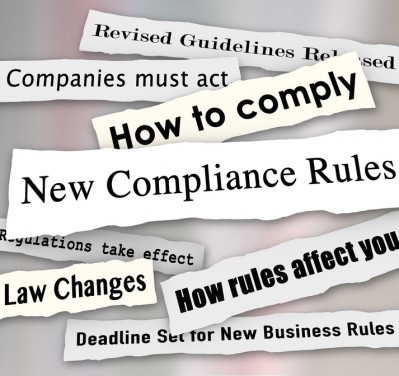Special Edition: Existing and Emerging Feed Risks
EFSA mandated to develop feed contaminants risk assessment tool

A spokesperson for the European Food Safety Authority (EFSA) told us it is in the process of responding to the official request.
The mandate from DG Santé seeks technical assistance from that Parma based risk assessor to enable more harmonized risk assessment in the frame of Rapid Alert System for Food and Feed (RASFF) alerts and border checks in relation to chemical pollutants in the supply chain.
The RASFF network, according to the mandate, has evolved to the stage where more “structural support” from EFSA in this regard is now sought.
Created in 1979, the RASFF reports relate to risks identified in food and feed materials that are placed on the market in the notifying country or detained at an EU border entry with an EU neighboring country.
The system was put in place to provide authorities with an effective tool to act more rapidly and in a coordinated manner in response to a health threat caused by food or feed.
The notifications are categorized as ‘alert’, ‘information’ or ‘border rejection’ depending on the seriousness of the risks identified and the distribution of the product on the market.
Chemical risks accounted for 31.8 % of the total amount of RASFF alert notifications between 2011 and 2014, according to S. Parisi et al., Chemistry and Food Safety in the EU, Chemistry of Foods,
Methodology
The Commission wants EFSA to generate a model similar to the PRIMO tool the Authority developed to calculate estimated short term intake for consumers in relation to pesticide risk; it allows comparison with the acute reference dose to support RASFF network decision making in that arena.
The RASFF network needs guidance, said DG Santé, that is robust scientifically but that also allows non-scientists to perform, perhaps, preliminary rapid evaluation to determine the classification of the RASFF notification.
And the Commission said the tool the network needs for food and feed chemical contaminant assessment should allow calculation of both acute and chronic risk, to enable more consistent RASFF notification classifications.
“The [new] methodology should clearly reference available sources of data for calculation of exposure and sources of toxicological parameters used,” continues the letter from the Commission.
Mandate request
RASFF Mandate to EFSA Chemical Contaminants by Jane Byrne on Scribd








